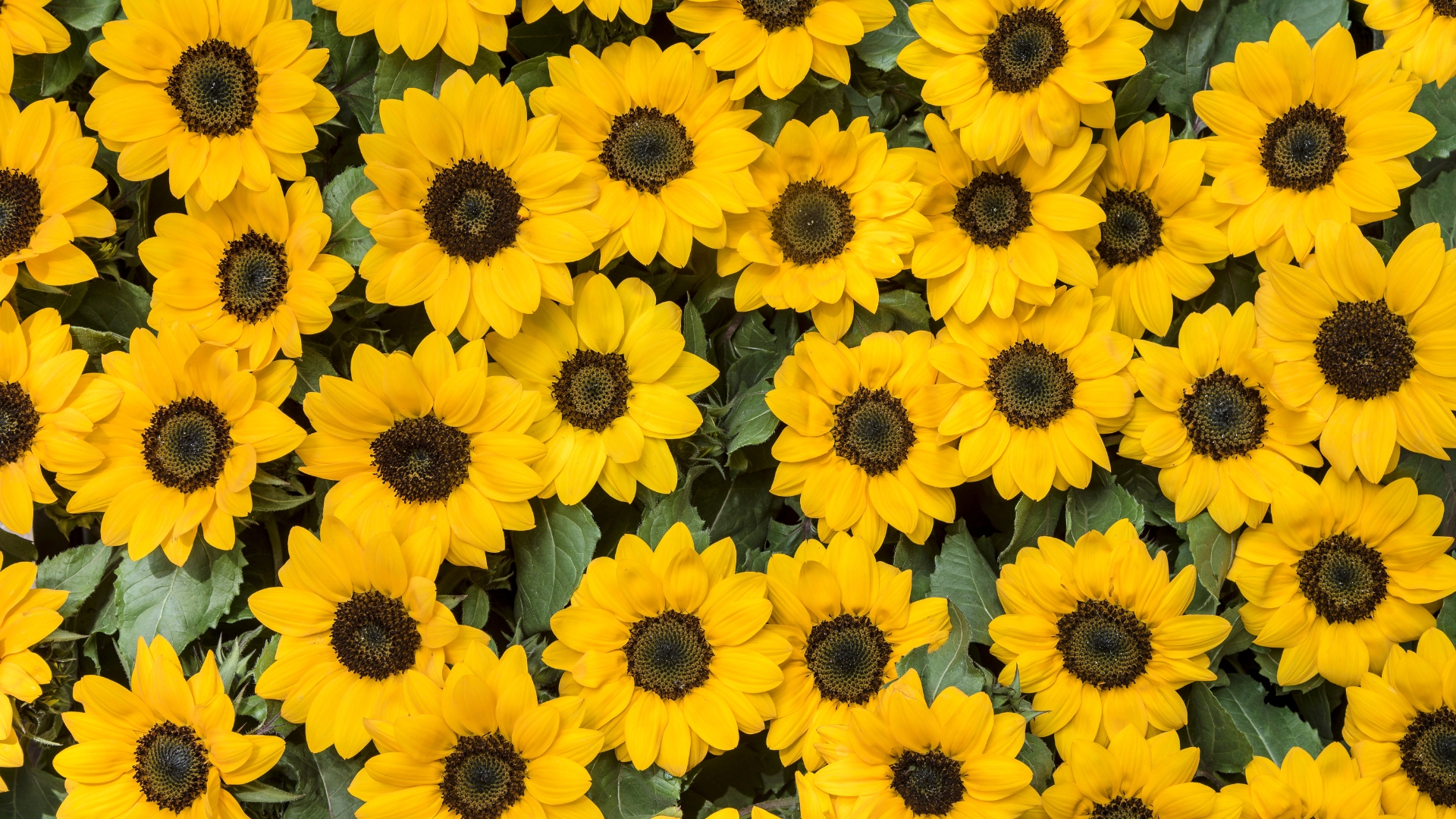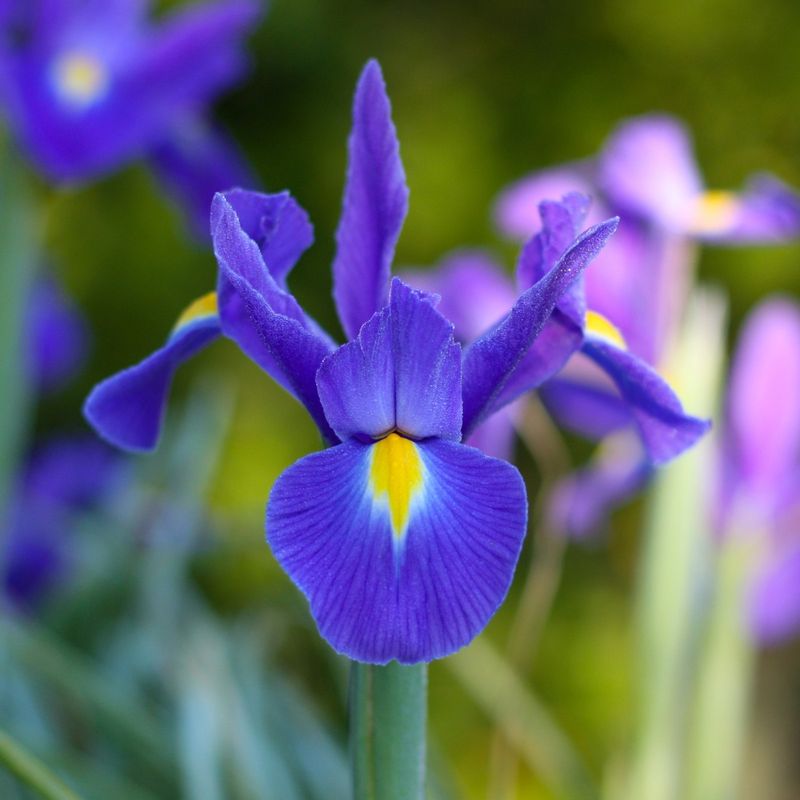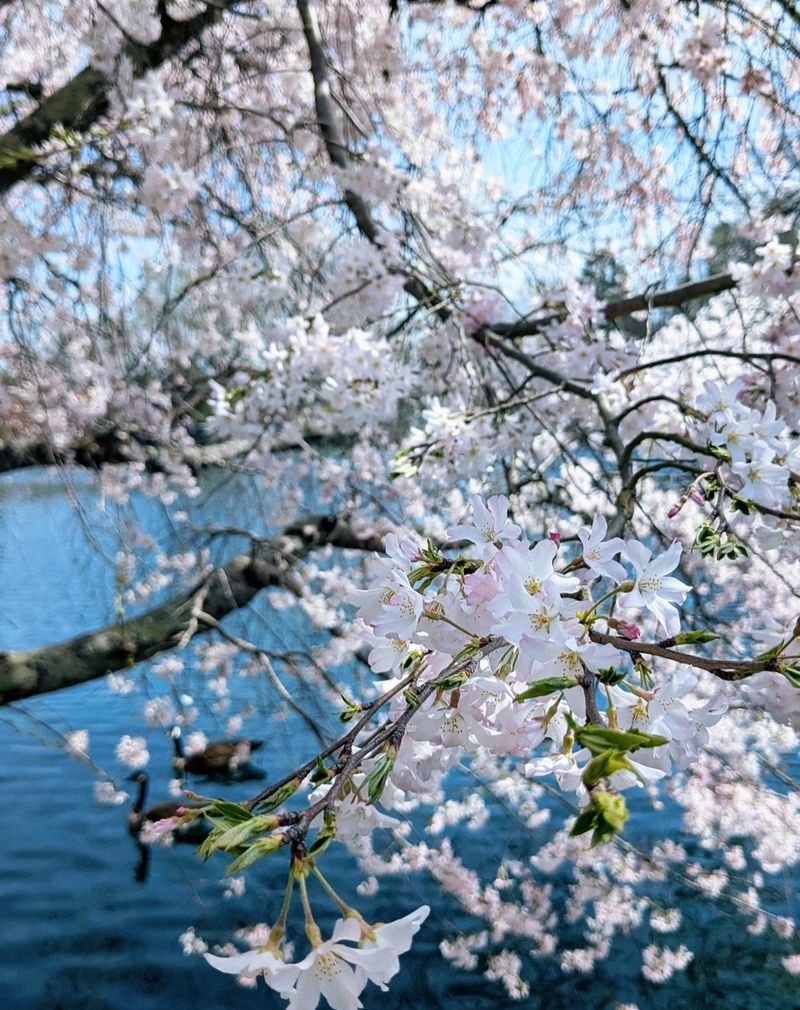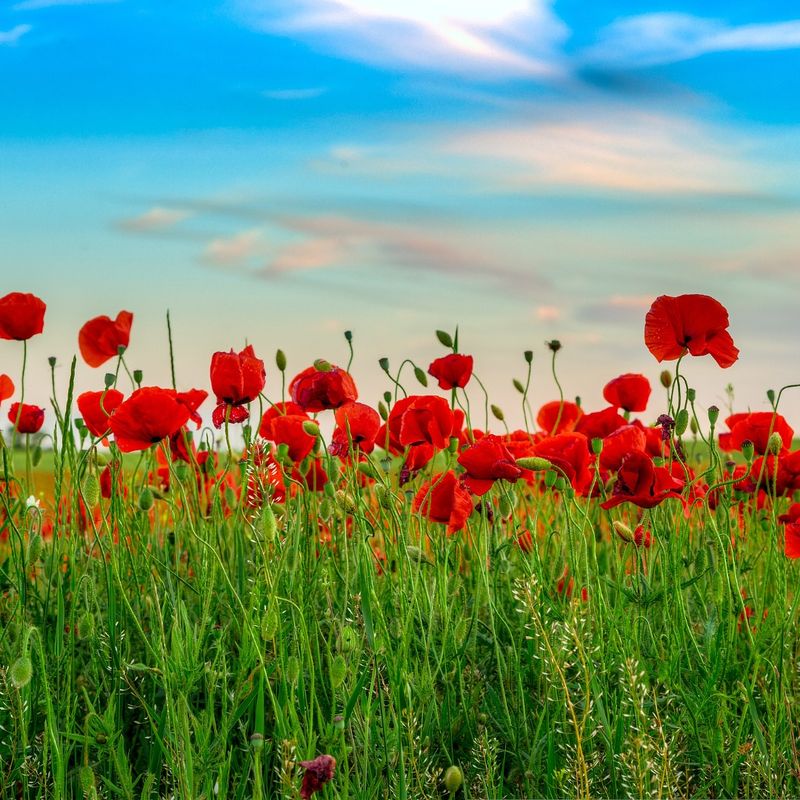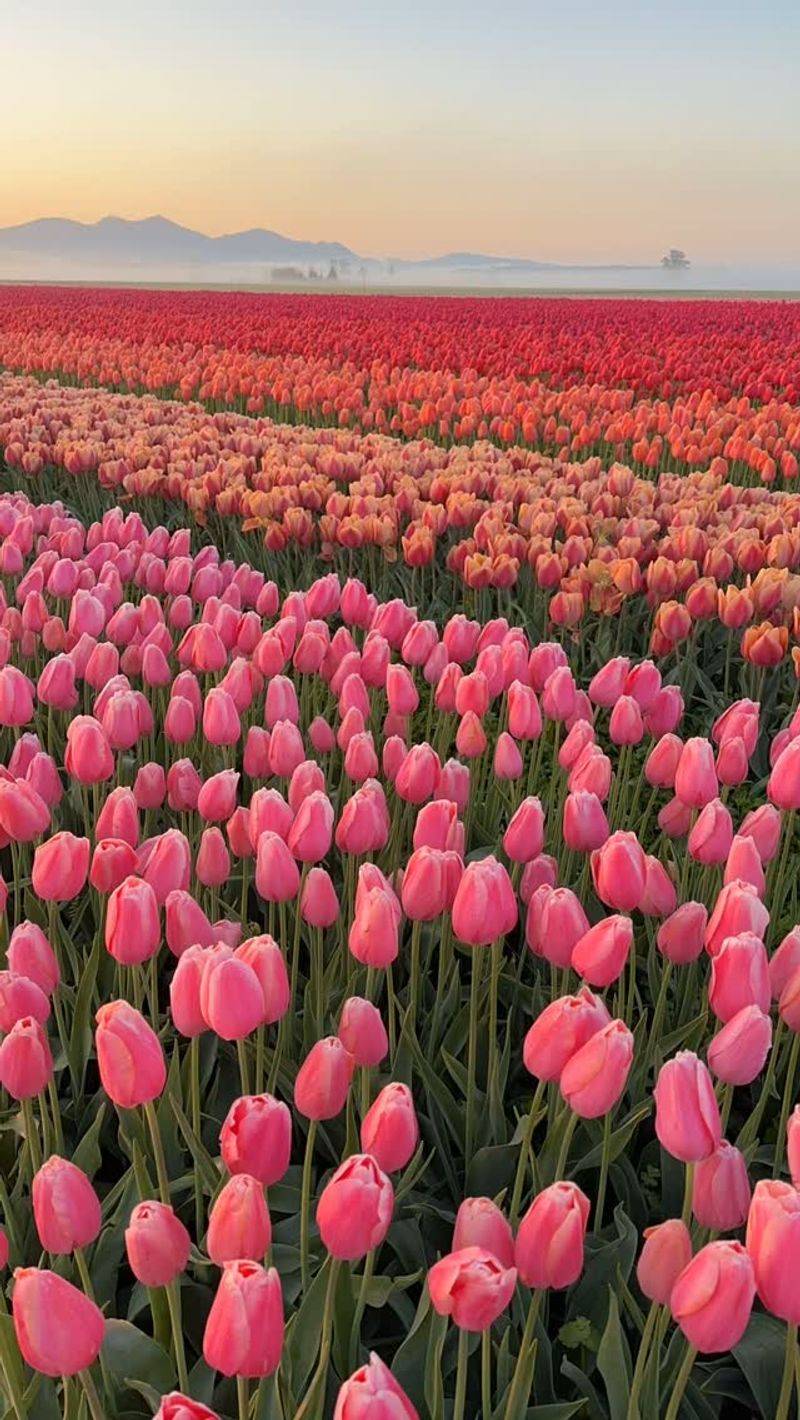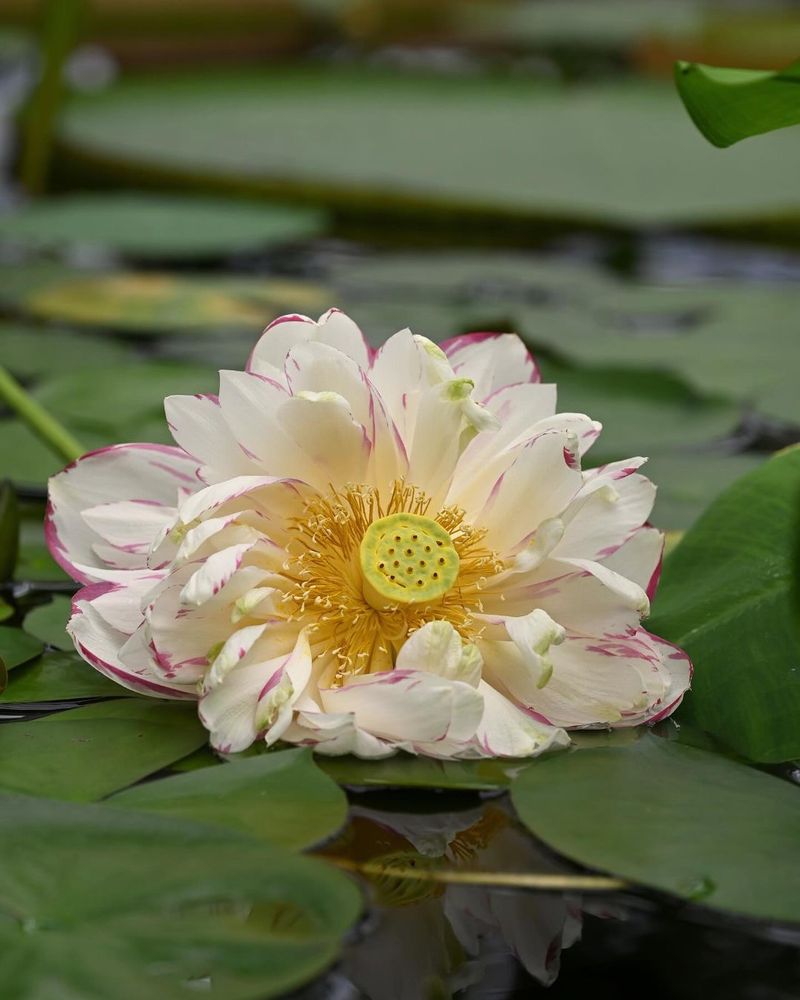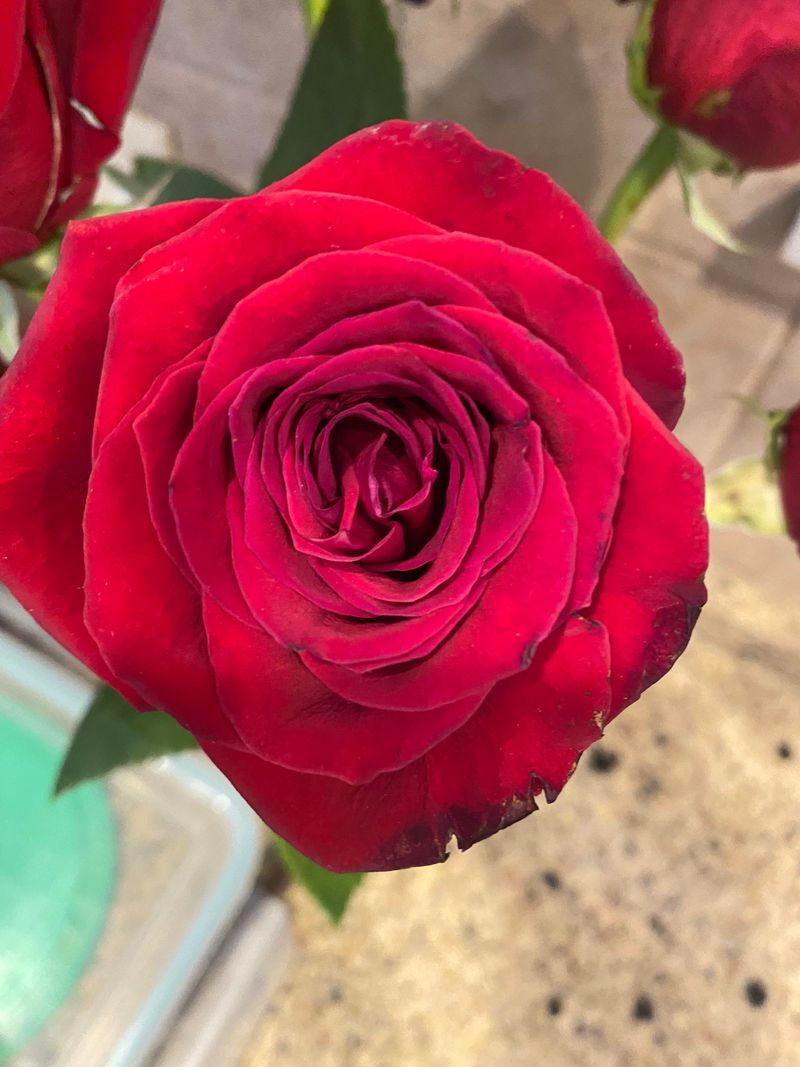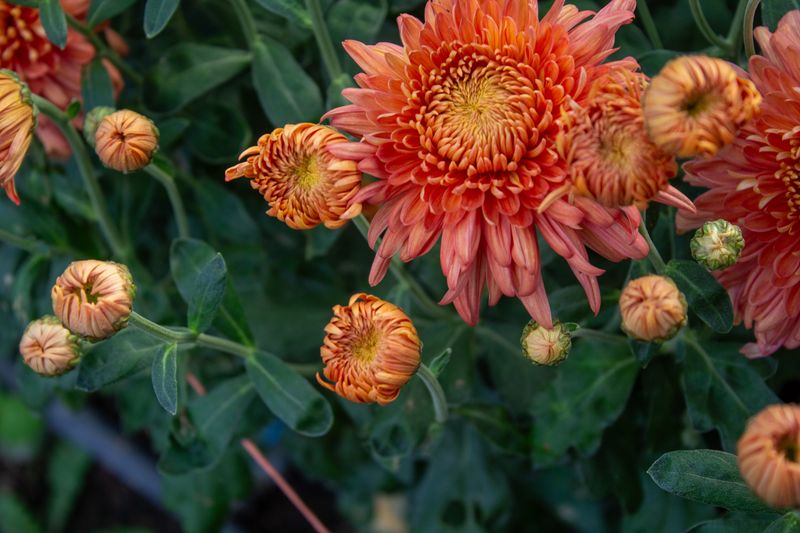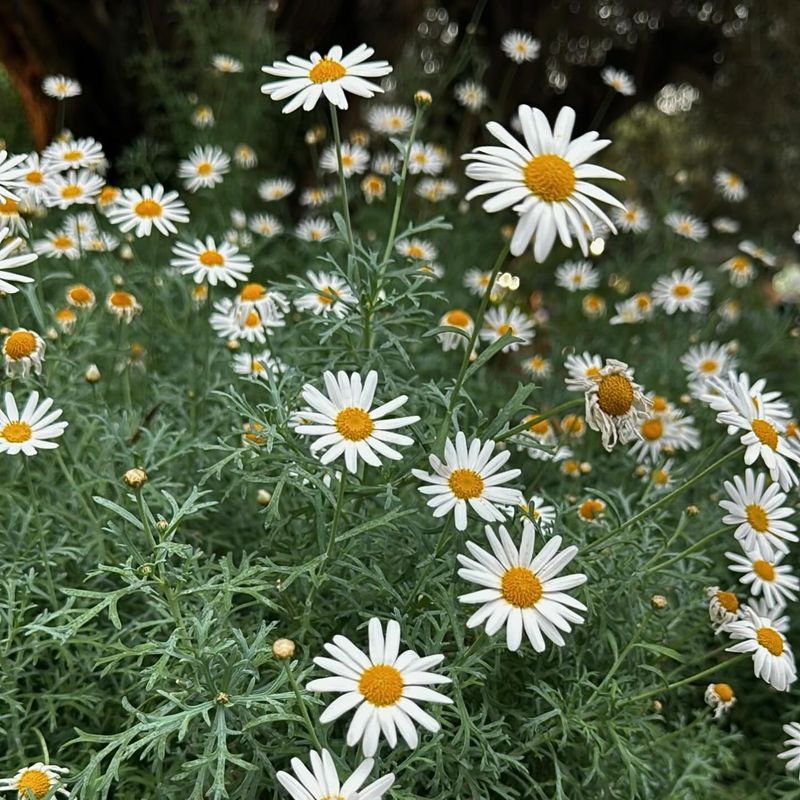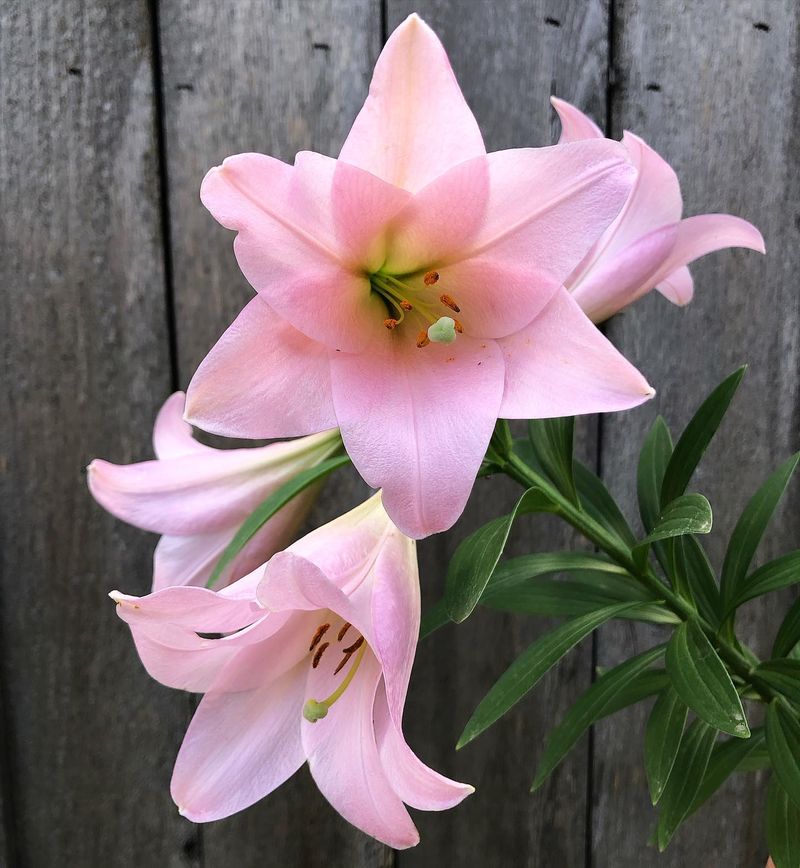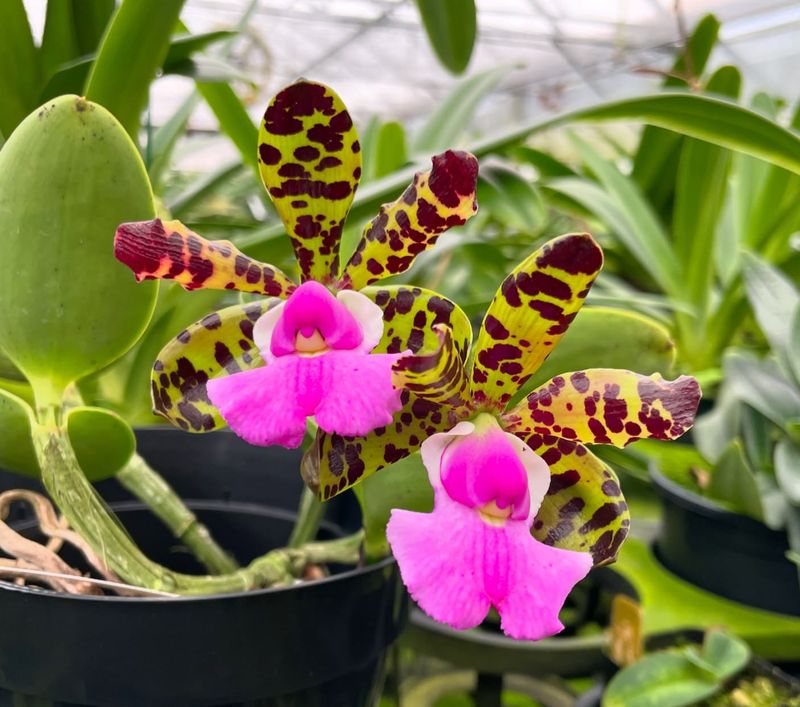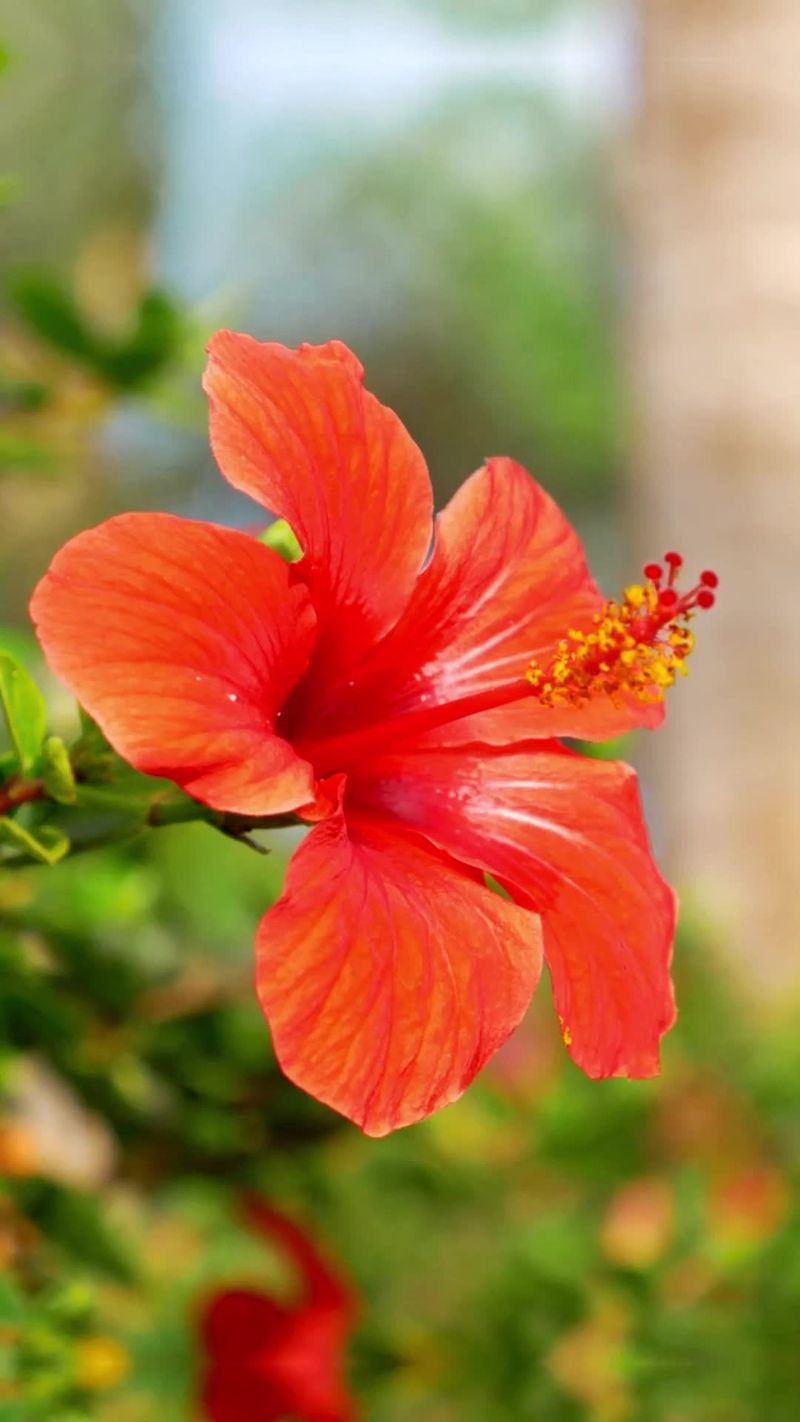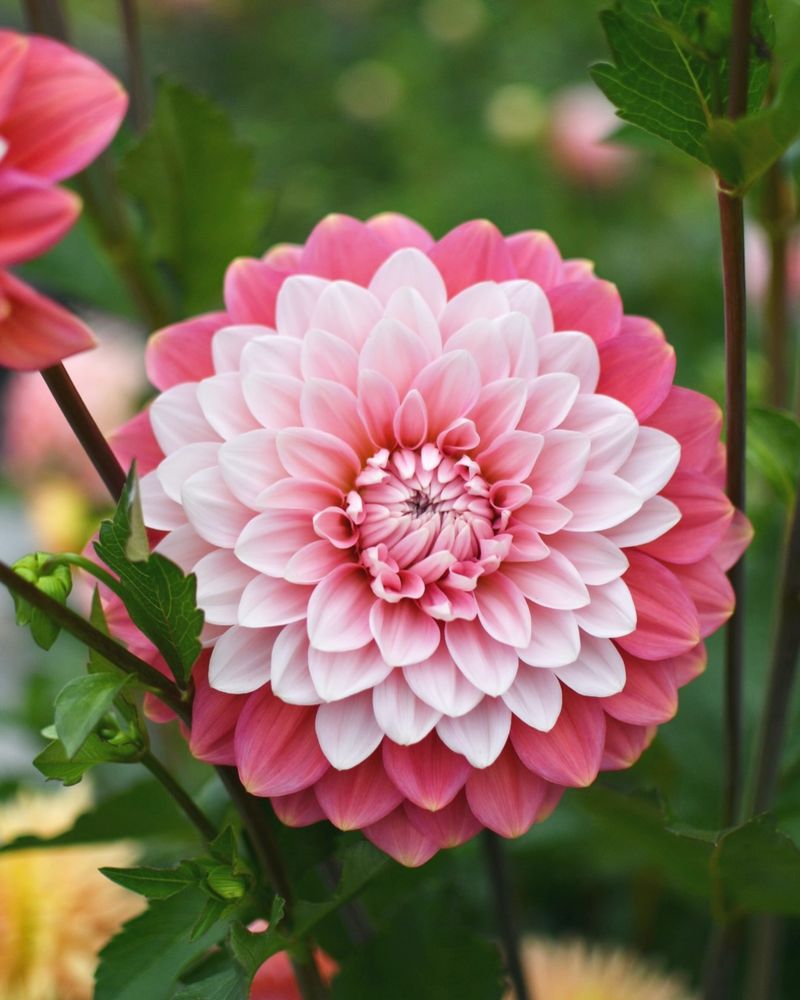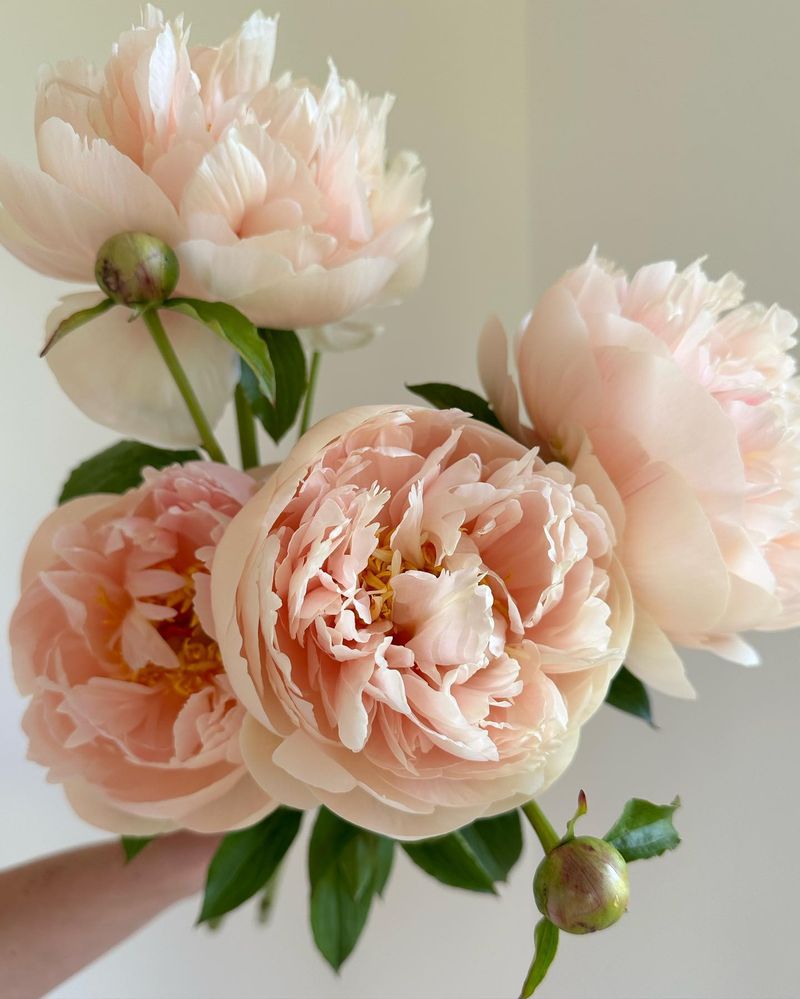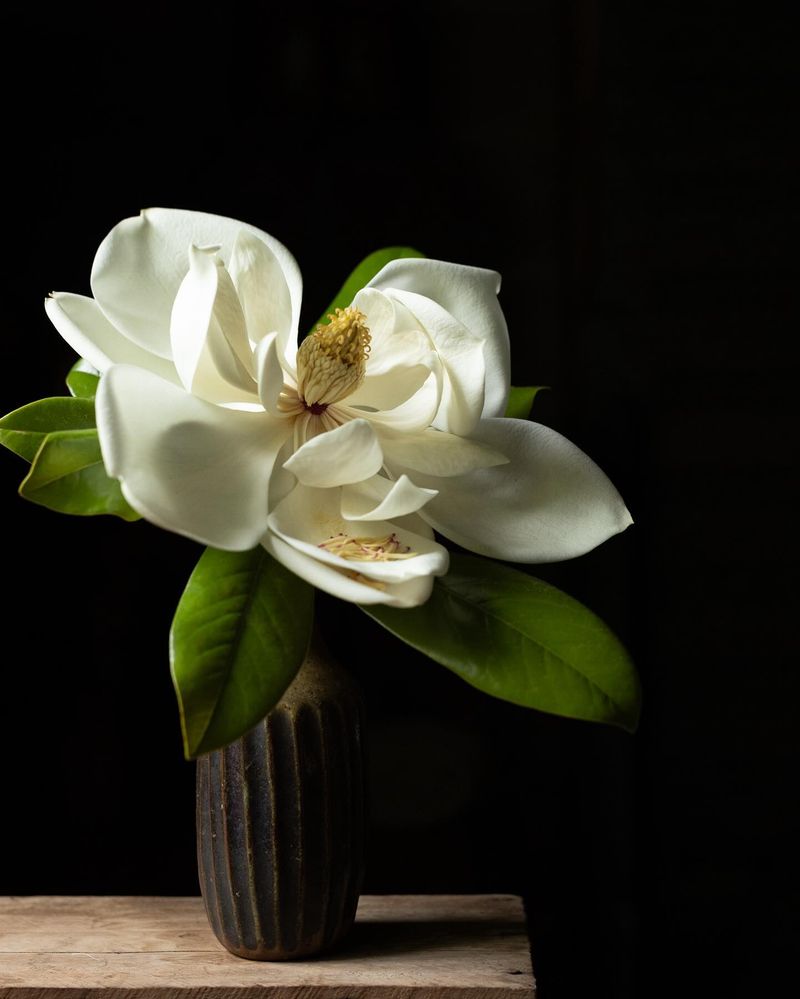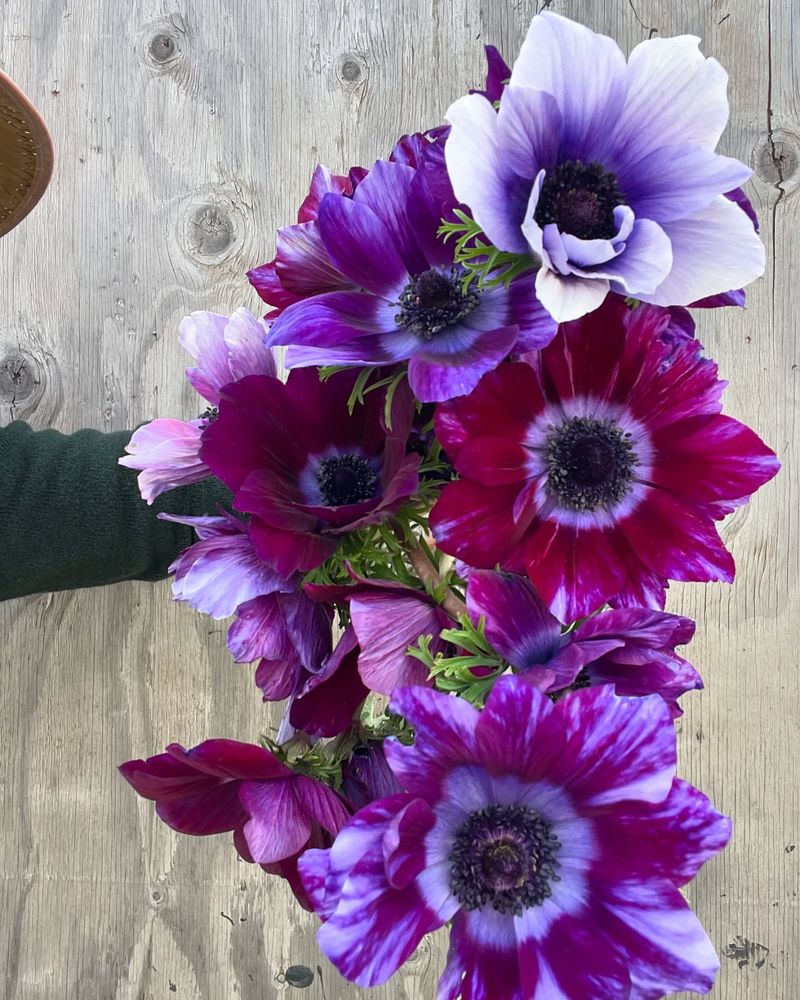Flowers have a way of stealing the spotlight—not just in gardens but in some of the most famous artworks out there. I love how these 18 blooms carry stories that make you look twice and smile.
Each flower has a secret history that adds a whole new vibe to the paintings they inspired. It’s like discovering hidden treasures tucked inside petals.
Get ready for some surprising and delightful art stories you’ll want to share!
1. Sunflowers
Vincent van Gogh’s passion for these golden blooms resulted in a series of paintings that would become among his most recognized works. He painted them during his time in Arles, France, seeing these towering flowers as symbols of gratitude and adoration.
The vibrant yellow petals against blue backgrounds created a striking contrast that showcased his bold technique. Van Gogh’s sunflower paintings served as decoration for the room of his friend Paul Gauguin, representing friendship and hope during a difficult period in the artist’s life.
2. Water Lilies
Claude Monet devoted the last three decades of his life to capturing these floating blooms in his garden at Giverny. The resulting series comprises approximately 250 oil paintings, showcasing his fascination with changing light and reflections on water.
Monet constructed the water garden specifically to paint it, creating his own artistic paradise. His deteriorating eyesight in later years led to increasingly abstract interpretations, with broader brushstrokes and more vibrant colors that would later influence the Abstract Expressionist movement.
3. Irises
During his stay at the asylum in Saint-Rémy, Vincent van Gogh painted these purple beauties from the garden he could see from his window. The painting’s vibrant blues and violets against a bright yellow background capture both his emotional state and his innovative color theory.
Van Gogh completed this masterpiece just before leaving the asylum in 1889. The swirling, energetic brushstrokes convey a sense of movement and life, while the composition shows Japanese print influences that fascinated him throughout his career.
4. Cherry Blossoms
Japanese artists have celebrated these ephemeral blooms for centuries in woodblock prints known as ukiyo-e. The delicate pink flowers symbolize the transient nature of life in Japanese culture – beautiful but fleeting, much like human existence.
Hokusai and Hiroshige, masters of ukiyo-e, created iconic images featuring these spring treasures against famous landscapes. Their works profoundly influenced Western Impressionists and Post-Impressionists, creating a cultural bridge through the universal language of floral beauty.
5. Poppies
Claude Monet captured these scarlet blooms in his 1873 painting “Poppies,” depicting his wife and son walking through a field near their home in Argenteuil. The bright red flowers punctuate the lush green landscape, creating a perfect study of natural light and color.
The seemingly casual composition actually demonstrates Monet’s careful attention to color relationships and atmospheric effects. This painting exemplifies the Impressionist movement’s focus on everyday scenes and outdoor painting, capturing a fleeting moment of domestic bliss amid nature’s splendor.
6. Tulips
The Dutch Golden Age painters elevated these bulbous beauties to symbols of wealth and prestige during the 17th-century tulip mania. Artists like Jan Brueghel the Elder created elaborate floral still lifes featuring tulips worth more than houses at the height of the economic bubble.
These paintings served as both artistic achievements and status symbols for wealthy merchants. The precise rendering of each petal and leaf demonstrated the painter’s skill while preserving the image of flowers that would quickly fade, creating a permanent record of ephemeral luxury.
7. Lotus
Ancient Egyptian art featured these sacred flowers prominently in tomb paintings and temple decorations, symbolizing rebirth and the sun. The lotus emerges from muddy waters to bloom pristine and perfect, making it a powerful metaphor for spiritual awakening.
Artists carefully depicted lotus flowers in the hands of gods and pharaohs, often using vibrant blue pigments derived from lapis lazuli. In Buddhist art traditions across Asia, the lotus similarly represents purity and enlightenment, appearing as thrones for Buddha figures and in mandala designs.
8. Roses
Pierre-Joseph Redouté, known as the “Raphael of flowers,” created exquisite botanical illustrations of roses for Empress Josephine’s garden at Malmaison. His precise watercolor technique captured every detail of these beloved blooms while maintaining an artistic sensibility that transcended mere scientific documentation.
Redouté’s rose paintings combined scientific accuracy with romantic beauty during the early 19th century. His three-volume masterwork, “Les Roses,” contains 169 plates that influenced botanical art for generations and remains a standard of excellence in the genre.
9. Chrysanthemums
Traditional Chinese and Japanese brush paintings have celebrated these autumn flowers for centuries as symbols of nobility and endurance. The distinctive petals with their orderly arrangement provided artists with opportunities to demonstrate their brush control and artistic philosophy.
In these East Asian traditions, capturing the essence of the chrysanthemum mattered more than photographic accuracy. The resulting paintings often appear deceptively simple yet require decades of practice to master the precise brushstrokes that bring the flowers to life with minimal lines and balanced negative space.
10. Daisies
American painter Georgia O’Keeffe transformed these common flowers into monumental images through her signature close-up perspective. Her 1927 painting “Daisies” presents the simple blooms as abstract forms that fill the entire canvas, forcing viewers to see the familiar in an entirely new way.
O’Keeffe rejected the sexualized interpretations often applied to her flower paintings. Instead, she explained her magnified approach by saying, “If I could paint the flower exactly as I see it, no one would see what I see because I would paint it small like the flower is small.”
11. Lilies
Renaissance painters incorporated these pure white flowers into Annunciation scenes, where the Archangel Gabriel presents a lily to the Virgin Mary. The flower symbolized Mary’s purity and became an instantly recognizable visual shorthand for this pivotal biblical moment.
Artists like Fra Angelico and Botticelli positioned the lily prominently in their compositions, often in elegant vases or directly in Gabriel’s hand. The flower’s association with divine purity made it an essential element in religious art for centuries, appearing in countless altarpieces throughout Europe.
12. Orchids
Martin Johnson Heade, an American painter of the mid-19th century, created a series of exotic orchid paintings set against dramatic tropical landscapes. These lush compositions reflected Victorian fascination with orchids, which explorers were discovering in remote jungles and bringing back to enthusiastic collectors.
Heade’s paintings combined scientific interest with romantic sensibility, showing hummingbirds interacting with the unusual flowers. His work captured both the orchids’ strange beauty and the threatening power of untamed nature, creating tension between civilized appreciation and wild origins.
13. Hibiscus
Paul Gauguin incorporated these tropical blooms into his Tahitian paintings, using their bold forms and vibrant colors to represent the exotic paradise he sought in the South Pacific. The distinctive flowers became visual shorthand for the sensual freedom he associated with Polynesian culture.
Gauguin’s post-impressionist style simplified the hibiscus into flattened shapes with strong outlines. His use of these flowers helped create a new visual language that prioritized emotional impact over realistic representation, influencing modern art movements that would follow in the 20th century.
14. Dahlias
Mexican artists Frida Kahlo and Diego Rivera celebrated these native flowers in their works, connecting to their country’s indigenous heritage. Kahlo often incorporated dahlias into her self-portraits, using their complex geometry and bold colors to express aspects of her identity and pain.
The dahlia’s status as Mexico’s national flower made it politically significant in post-revolutionary Mexican art. Rivera included dahlias in his murals depicting Mexican history and culture, using the flower as a symbol of national pride and the country’s rich natural beauty.
15. Peonies
Traditional Chinese paintings have celebrated these lush blooms for over a thousand years as symbols of wealth, honor, and feminine beauty. Court artists during the Song Dynasty (960-1279) developed specialized techniques to capture peonies’ voluminous petals and subtle color variations.
The peony’s status as the “king of flowers” in Chinese culture elevated it to a subject worthy of the most skilled brush painters. These artworks often included auspicious symbols and poetic inscriptions, transforming the botanical subject into a complex cultural statement about prosperity and good fortune.
16. Magnolias
American painter Martin Johnson Heade captured these southern blooms in luminous still lifes during the mid-19th century. His paintings feature magnolia blossoms laid flat against dark velvet backgrounds, creating dramatic contrasts between the flower’s creamy petals and the shadowy surroundings.
Heade’s unique composition removed the flowers from their natural context, presenting them as precious objects for contemplation. These paintings reflected both Victorian fascination with botanical specimens and the distinctly American identity of the magnolia, a flower native to the southern United States.
17. Carnations
Northern Renaissance painters included these spicy-scented flowers in religious paintings as symbols of divine love and the Passion of Christ. Their Latin name, Dianthus, means “flower of the gods,” and their presence in a painting often carried specific theological meaning.
Artists like Jan van Eyck depicted red carnations in meticulous detail within religious scenes. The flower’s association with betrothal and marriage also made it common in wedding portraits, where it symbolized the couple’s commitment and the blessing of their union.
18. Anemones
Henri Matisse transformed these simple flowers into bold patterns of color and form in his Fauvist paintings of the early 20th century. His 1911 work “Still Life with Anemones” uses vibrant reds and blues that bear little relationship to the flowers’ natural colors.
Matisse’s revolutionary approach prioritized emotional expression over realistic representation. The anemones’ simple shape made them perfect subjects for his experiments with color relationships and compositional balance, helping to establish a new artistic language that would influence abstract art throughout the century.

